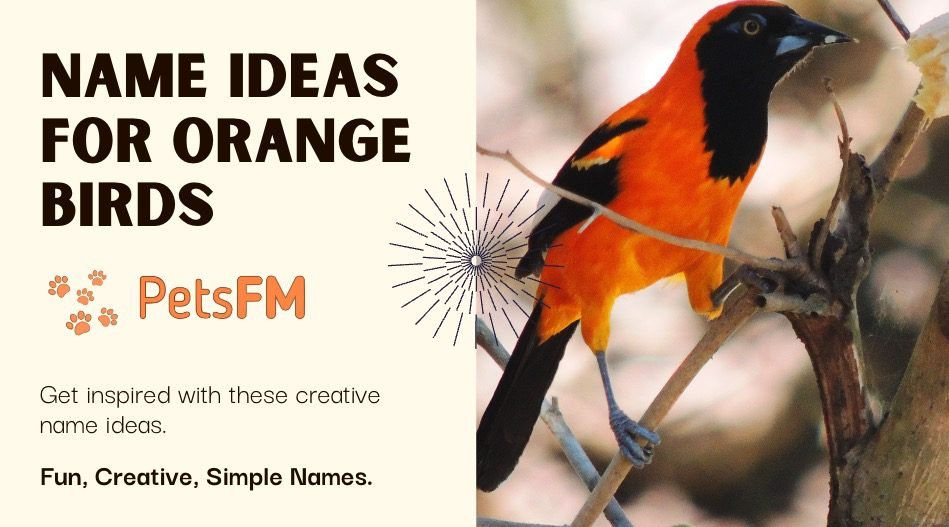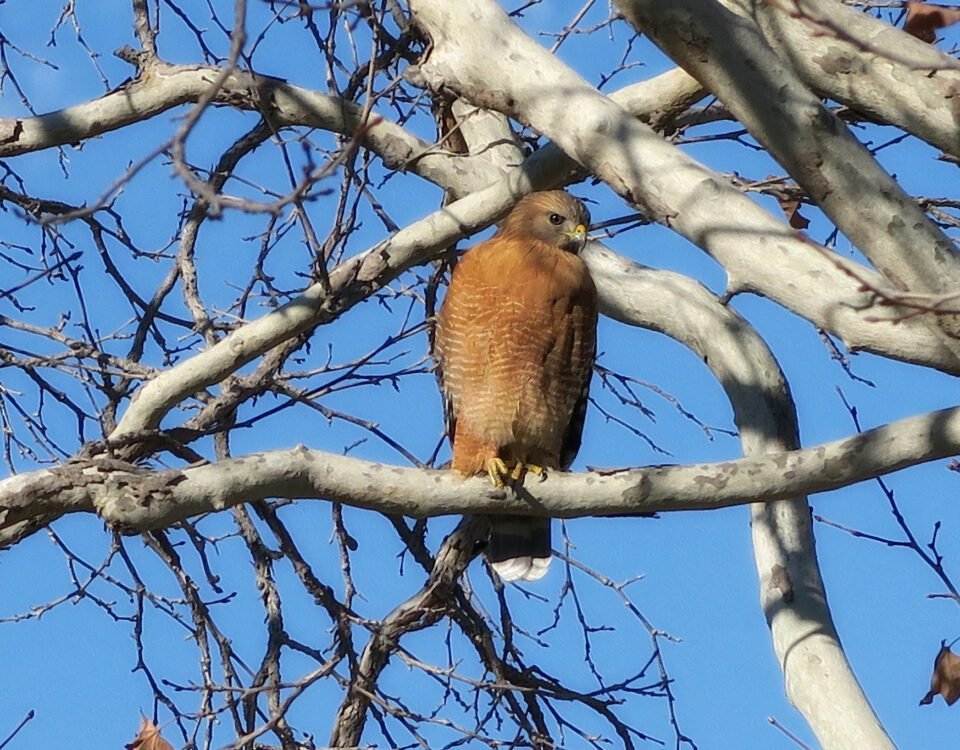


Why Do Small Birds Attack Hawks? Know The Actual Truth!
September 7, 2023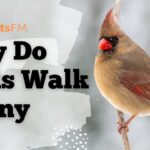


Why Do Birds Walk Funny? Different Types of Bird Walk
September 13, 2023Maintaining cleanliness is essential for birds, not only for their comfort but crucially for their survival. Their feathers must be in optimal condition for efficient flight, enabling them to forage for food and evade potential threats. So, how do birds remain clean and aerodynamically equipped for flight?
The primary method birds use to clean themselves is called preening. They have a unique gland located at the base of their tail. This gland secretes an oil that birds meticulously spread over their feathers to keep them clean and shiny. Moreover, birds bathe and engage in an unusual behavior known as anting.
Keep reading to delve deeper into how birds maintain their hygiene. We’ll examine their various strategies to care for their feathers, including seemingly odd behaviors that might appear counterintuitive to cleanliness.
Similar Read: Why Do Birds Have Claws? The Real Reason Why!
What Is Preening?
Preening serves as a bird’s method of feathers upkeep, ensuring they remain in prime condition. Through preening, birds can rid their feathers of dirt, dust, and parasites and position each feather optimally with its neighbors and the bird’s body structure. It’s a practice that most birds carry out multiple times (10-20% of their day) daily to preserve their health.
Why Do Birds Clean Or Preen Themselves?
Preening offers a range of vital benefits to birds, such as:
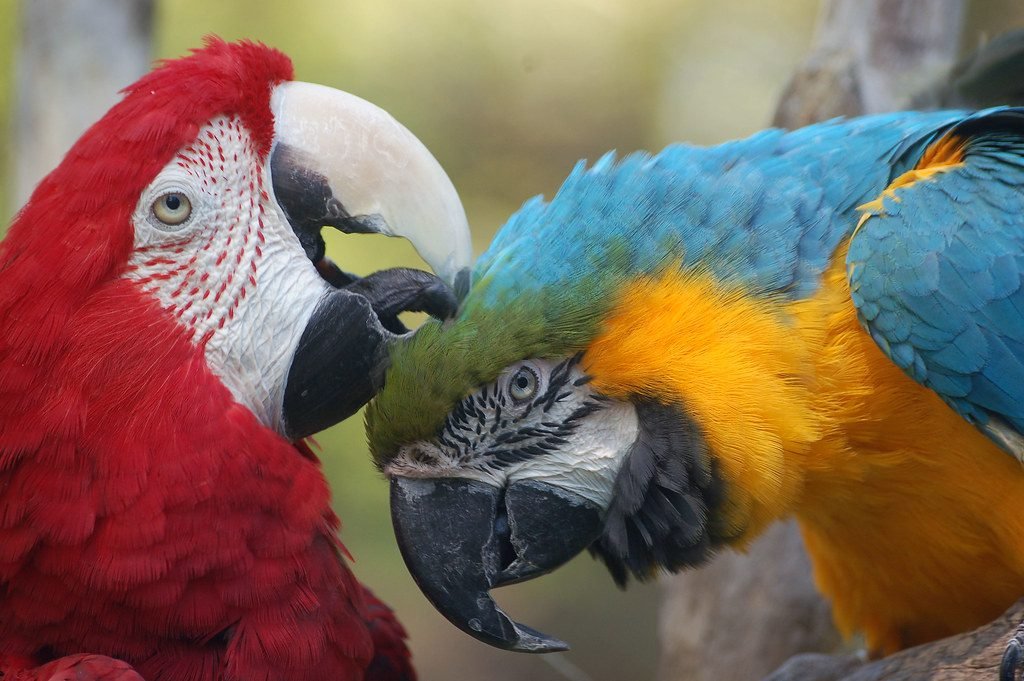

Preening Parrots
-
Hydration: By moisturizing their feathers with preen oil, birds remain supple and resilient rather than fragile and prone to breakage. This adaptability is crucial for enduring the strains of flight.
-
Defense: Proper feather alignment enhances waterproofing and insulation, safeguarding birds against extreme weather conditions, from drenching rains to intense heat or cold.
-
Flight Efficiency: Organizing feathers into the most streamlined shape promotes a more fluid and energy-efficient flight. This aerodynamic arrangement enables birds to expend less energy while flying and execute nimble maneuvers.
-
Well-being: Eradicating feather pests and body lice protects individual feathers and halts the spread of potential diseases. This is vital for maintaining a bird’s health and safeguarding the entire group or nest from possible outbreaks.
-
Feather Development: Eliminating the tough sheaths from freshly molted feathers allows these new feathers to assume their correct position swiftly, making them immediately functional.
-
Reproduction: A well-preened appearance suggests good health, which can be attracted to potential mates. A vibrant and fit-looking bird is more likely to attract a robust partner, enhancing the chances of producing and rearing strong offspring.
-
Social Interaction: Allopreening, or mutual preening among birds, often serves as a bonding activity between mates. This intimate behavior fosters communication and strengthens the bond between partners.
How Do Birds Preen?
Birds use their beaks and feet to groom every feather, carefully attending to each from its root to its tip to ensure perfect alignment. As a result, spotting a bird in an unexpected or quirky posture while it’s preening is not unusual.


How Do Birds Preen
-
Paramount to the preening process is the uropygial gland, sometimes referred to as the preen gland.
-
This gland is located close to the tail’s base and secretes a waxy, oily substance crucial for feather waterproofing and flexibility.
-
Birds methodically distribute this oil across their feathers during preening to ensure even protection.
-
However, some birds, like owls, pigeons, parrots, and hawks, don’t possess a uropygial gland.
-
Instead, they have specific feathers that break down into a powdery substance known as powder down. This powder performs a similar role as the preen oil.
-
Consequently, birds with powder down are less prone to engaging in water-based activities, as they don’t need the enhanced waterproofing benefits of preen oil.
-
After their preening routine, birds typically puff out their feathers and vigorously shake, much like a damp dog would. This action helps dislodge any lingering dirt or shed loose feathers.
Furthermore, this enthusiastic shaking is particularly evident after birds indulge in a water bath, another method they utilize for cleansing themselves.
The Joy of Bathing
Birds truly relish their moments in the water. Water baths serve more than just the purpose of recreation for birds. They help wash off accumulated dirt and restore feathers that might have become bent or misaligned through daily activities.
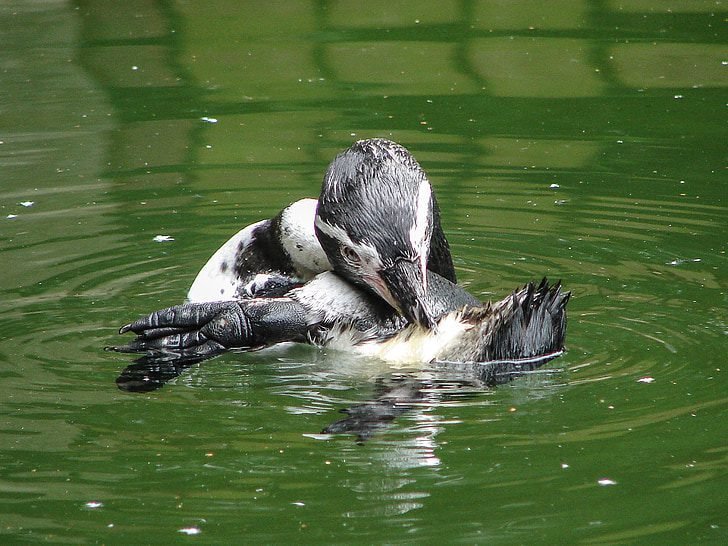

Birds Bathing
- The bathing routine typically begins with birds fluffing out their feathers to maximize the surface area exposed to water.
-
They then immerse their heads before energetically splashing around, turning the calm water into a whirlpool of activity.
-
A thorough shake and feather ruffle follow to shake off any embedded impurities.
-
Post-bath, birds often engage in rigorous preening. This ensures that every speck of dirt is gone and that their feathers return to their ideal alignment and form.
Interestingly, water isn’t the sole medium for bird baths. In areas where water isn’t readily accessible, birds opt for dust baths as an alternative cleansing method.
Do Birds Use Dirt To Clean Themselves?
Yes, birds do use dirt for cleaning purposes. Engaging in dirt baths, followed by an energetic shake-off, helps eliminate parasites nestled within their plumage and various pests, like chewing lice, louse flies, bugs, mites, fleas, and ticks. Moreover, the dust can also play a role in modulating the oil content on their feathers.
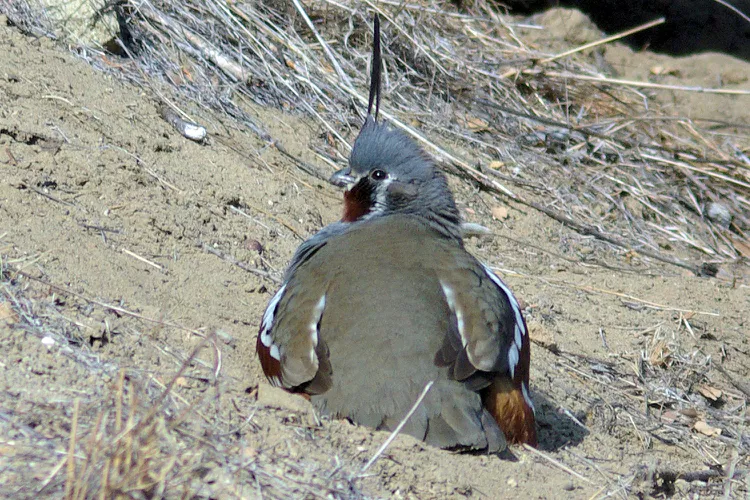

Birds Dust Bath
Take the House Sparrow as an example. While these birds often have access to water, they are also known to indulge in dust baths as part of their typical behavior. Many bird species alternate between water and dust baths.
A bird engaging in a dust bath will exhibit movements resembling those used during water baths. For example:
-
They nestle into the dirt or sand, fluff their feathers, and flap their wings to scatter dust.
-
Upon finishing, they often leave behind a bowl-like depression in the ground.
Another belief surrounding the purpose of dust baths pertains to the regulation of preen oil. While an optimal amount of this oil in the feathers offers waterproofing benefits and acts as a bacterial deterrent, an excess can make feathers clump together.
This can then become a breeding ground for bacteria and parasites. Dust baths may either help in regulating this oil concentration or even alter its properties in some manner.
Read Next: Why Does My Fish Tank Lose Water? Causes & Solutions!
Anting – A Bird’s Unique Cleaning Method
A unique way of cleaning and protecting feathers from tiny pests is called “anting.” During anting, birds let ants walk all over them. These ants might help by removing small bugs from the bird’s body. Ants have a special liquid called formic acid that might help keep the bird’s feathers clean and safe.
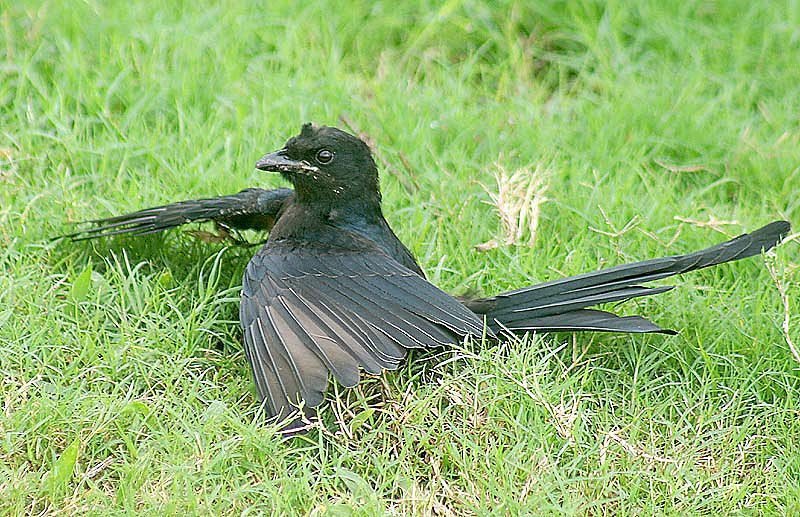

Anting Behaviour Birds
Sometimes, people mistake anything for another thing birds do called sunning. When sunning, birds spread their wings and lie on the ground, like enjoying the sunlight. This might also help with cleaning their feathers or removing tiny pests.
There are two main types of anting:
-
Passive Anting: Here, a bird sits or lies down, often where many ants are around. The ants will then walk all over the bird, and the bird lets them do so.
-
Active Anting: In this kind, a bird picks up ants with its beak and rubs them on its feathers. This might help because of the ant’s special liquid. Sometimes, after doing this, birds eat the ants.
However, birds don’t just use ants for cleaning purposes. They’ve also been seen using 40 different species like:
-
Different bugs, like beetles and wasps
-
Pieces of orange and onion
-
Even strange things like hot chocolate, vinegar, and something people shouldn’t leave around like cigarette bits and matches!
How Does A Bird Clean Its Head?
Birds use their feet to scratch their heads, which helps remove dirt or any trapped debris within their feathers. In addition, many birds immerse their heads in water or participate in mutual grooming sessions with a fellow bird of the same species.
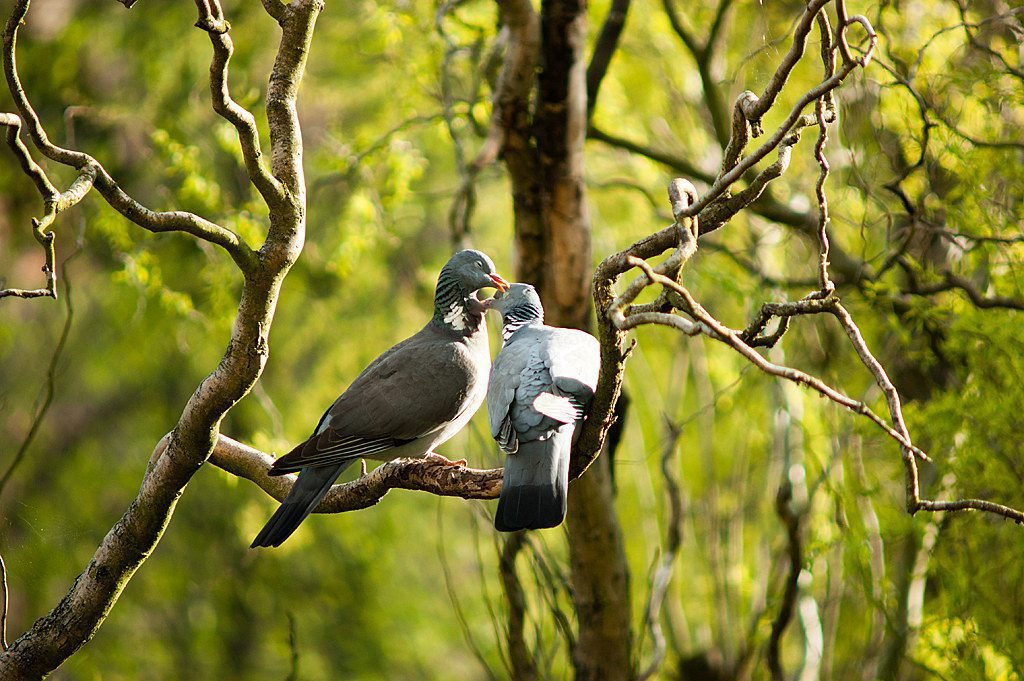

Birds Cleaning Their Heads
A notable example of birds practicing mutual grooming is the Common Raven. This activity, scientifically termed “allopreening,” might not be widespread among all bird species, but members from at least 43 different bird families are believed to participate.
-
Birds with a uropygial gland often dab some of the secreted oil onto their beaks and apply it to their heads.
-
Alternatively, they might press their head directly against the gland, ensuring their head feathers receive adequate protective oil.
-
However, certain birds come with a built-in grooming tool. Species like Barn Owls, Nightjars, and Herons boast a comb-like edge on their third toe.
-
This unique adaptation may function as a tool to comb out pests like lice or ticks, ensuring a cleaner, more hygienic plumage.
How Does A Bird Clean Its Beak?


Birds Cleaning Beak
To clean their beaks, birds often rub them against hard objects like branches, stones, clotheslines, or the edges of birdbaths. They might also use their claws to scratch off any lingering bits. Some birds tap their beaks on hard surfaces to dislodge stuck-on food or dirt.
While water-loving birds frequently swish their beaks in the water as a cleaning method, other birds might do the same during their baths.
However, for those who don’t readily access water, simply wiping their beaks on available surfaces suffices.
Conclusion
Birds have evolved a multitude of intricate self-care routines to ensure their cleanliness and optimal health. From the meticulous process of preening, which involves grooming and oiling feathers, to engaging in water or dirt baths, birds prioritize cleanliness.
These practices enhance flight efficiency and play roles in communication, mating, protecting from pests, and fighting against various bird diseases.

